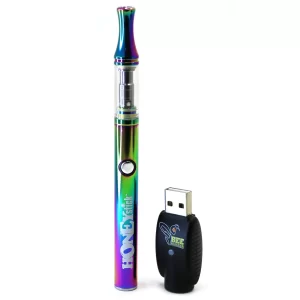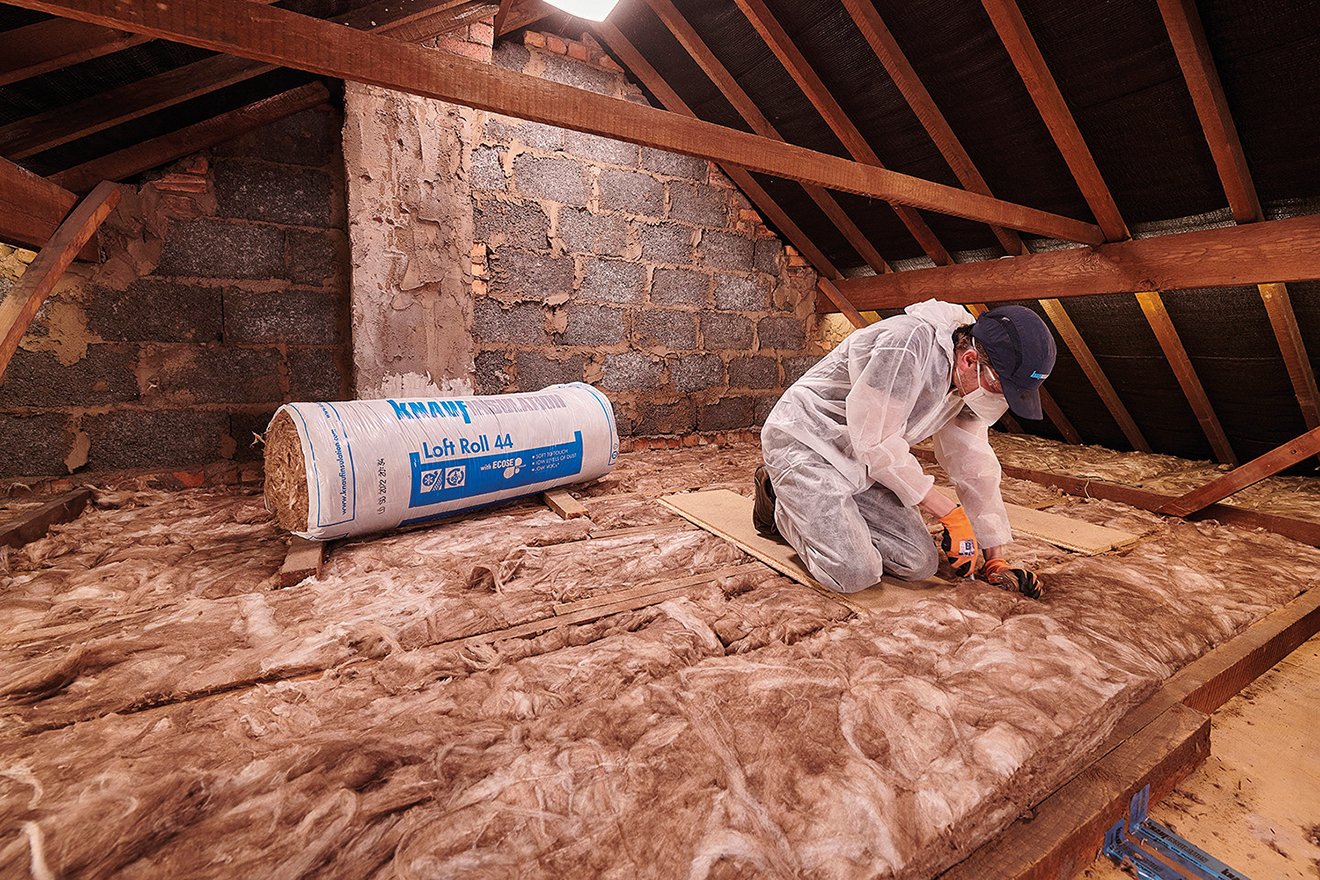Making lifestyle changes can greatly improve your management of erectile dysfunction. Eating a balanced diet with fruits, vegetables, and healthy fats supports blood flow and overall health. Regular exercise enhances cardiovascular fitness and boosts testosterone levels, both key for sexual function. Managing stress through mindfulness practices like meditation and yoga can also help. Prioritizing quality sleep is essential, as it maintains hormonal balance. Building healthy relationships through open communication and shared activities strengthens emotional support, which is crucial for overcoming challenges. Each of these changes contributes to better erectile function, and there’s more to explore on how to enhance your journey.
Understanding Erectile Dysfunction
Erectile dysfunction (ED) often affects men at various stages of life, making it essential to understand its causes and implications. ED can occur at any age, influenced by various factors that contribute to its development. Psychological factors play a considerable role in ED; stress, anxiety, and depression can all hinder your ability to achieve or maintain an erection. If you find yourself preoccupied with performance or relationship issues, these thoughts can become a barrier to intimacy.
Additionally, hormonal influences, such as low testosterone levels, can greatly impact your sexual function. It’s vital to recognize that both mental and physical aspects contribute to ED.
The Role of Diet
Adopting a balanced diet can markedly improve your sexual health and help manage erectile dysfunction.
Focus on incorporating nutrient-rich foods like fruits, vegetables, whole grains, and lean proteins into your meals. These foods provide essential vitamins and minerals that enhance blood flow and support overall health.
Don’t forget the importance of healthy fats, such as those found in avocados, nuts, and olive oil, which can boost your cardiovascular system and improve circulation.
Reducing processed foods and sugars is vital, as they can negatively impact your sexual health.

Importance of Exercise
Regular exercise plays an essential role in enhancing your sexual health and can greatly aid in managing erectile dysfunction.
Engaging in regular physical activity improves your cardiovascular health, ensuring that blood flows efficiently throughout your body. This increased blood flow is vital for achieving and maintaining erections.
Incorporating strength training into your routine not only builds muscle but also boosts testosterone levels, which can further enhance sexual function.
Aim for at least 150 minutes of moderate aerobic exercise each week, paired with strength training exercises twice a week.
Managing Stress Levels
While staying active is important for your sexual health, managing stress levels is equally essential for overcoming erectile dysfunction.
High stress can negatively affect your libido and performance. To effectively reduce stress, consider incorporating mindfulness practices into your daily routine.
Here are three effective strategies:
- Meditation: Spend a few minutes each day focusing on your breath to clear your mind.
- Yoga: Engage in yoga to promote relaxation and flexibility, which can enhance your overall well-being.
- Deep Breathing Exercises: Practice deep breathing to calm your nervous system and reduce tension.
Enhancing Sleep Quality
Quality sleep is essential for maintaining hormonal balance and overall health, both of which play a significant role in managing erectile dysfunction.
To enhance your sleep quality, focus on improving your sleep hygiene. This means establishing a consistent sleep schedule, creating a comfortable sleep environment, and avoiding screens before bedtime.
Incorporate relaxation techniques, such as deep breathing or progressive muscle relaxation, to help calm your mind and body.
Limiting caffeine and alcohol intake, especially in the evening, can also promote better sleep.
By prioritizing these practices, you’ll not only improve your sleep but also support your overall well-being and potentially alleviate symptoms of erectile dysfunction.
Building Healthy Relationships
Building healthy relationships is essential for managing erectile dysfunction.
By fostering open communication and emotional support with your partner, you create a safe space to address challenges together.
Engaging in shared healthy activities can also strengthen your bond and improve your overall well-being.
Communication and Openness
Effective communication lays the foundation for a healthy relationship, especially when addressing sensitive issues like erectile dysfunction. By fostering openness, you can enhance emotional intimacy and create a supportive environment for both partners.
Here are three ways to improve communication:
- Practice Active Listening: Focus on what your partner is saying without interrupting. This shows you value their feelings and concerns.
- Share Your Feelings: Be honest about your experiences and emotions. Vulnerability can strengthen your bond and promote understanding.
- Schedule Regular Check-Ins: Set aside time to discuss your relationship and any challenges. This proactive approach helps keep the lines of communication open and reinforces your commitment to one another.
Emotional Support Systems
Creating a strong emotional support system is essential for steering through the challenges of erectile dysfunction and strengthening your relationship.
Surrounding yourself with supportive friends and loved ones can greatly improve your mental health and resilience. These support networks provide a safe space to express your feelings and fears without judgment.
Engaging in open conversations fosters understanding and empathy with your partner, allowing both of you to feel less isolated in this journey. Recognize that it’s okay to lean on others for encouragement and advice; they can help you navigate emotional ups and downs.
Building these healthy relationships not only aids in managing erectile dysfunction but also enhances your overall well-being. Prioritize connection and communication to thrive together.
Shared Healthy Activities
Engaging in shared healthy activities can strengthen your relationship while effectively managing the challenges of erectile dysfunction. By participating in couples activities, you not only foster intimacy but also boost your overall well-being.
Here are three suggestions to get you started:
- Join a Recreational Sports League: Playing a sport together can enhance teamwork and communication, creating a fun, supportive environment.
- Cook Healthy Meals: Preparing nutritious meals as a couple can be a bonding experience, promoting better eating habits for both of you.
- Take Daily Walks: Regular walks together help you stay active, improve your mood, and encourage open conversations.
These shared experiences can improve both your physical health and relationship, making it easier to navigate erectile dysfunction together.
 Another innovative feature is the inclusion of a preheat function. This feature is particularly beneficial for those who enjoy thick oils or waxes, as it warms the material before inhalation, ensuring a smoother draw. By preventing the harshness often associated with colder, denser oils, the preheat function creates a more enjoyable and seamless vaping experience. Additionally, some Delta 8 pens are designed with temperature control systems, allowing users to maintain specific temperatures during their sessions, which can enhance flavor consistency and provide a more controlled experience. Portability is another crucial factor in transforming your vaping routine. Many Delta 8 pens are designed with sleek, compact styles that fit easily into pockets or bags. Features like discreet designs and built-in storage for cartridges can significantly enhance convenience, making it easy to enjoy your favorite Delta 8 products on the go. This portability means you can seamlessly integrate Delta 8 into your daily life, whether you are at work, traveling, or spending time with friends.
Another innovative feature is the inclusion of a preheat function. This feature is particularly beneficial for those who enjoy thick oils or waxes, as it warms the material before inhalation, ensuring a smoother draw. By preventing the harshness often associated with colder, denser oils, the preheat function creates a more enjoyable and seamless vaping experience. Additionally, some Delta 8 pens are designed with temperature control systems, allowing users to maintain specific temperatures during their sessions, which can enhance flavor consistency and provide a more controlled experience. Portability is another crucial factor in transforming your vaping routine. Many Delta 8 pens are designed with sleek, compact styles that fit easily into pockets or bags. Features like discreet designs and built-in storage for cartridges can significantly enhance convenience, making it easy to enjoy your favorite Delta 8 products on the go. This portability means you can seamlessly integrate Delta 8 into your daily life, whether you are at work, traveling, or spending time with friends.







